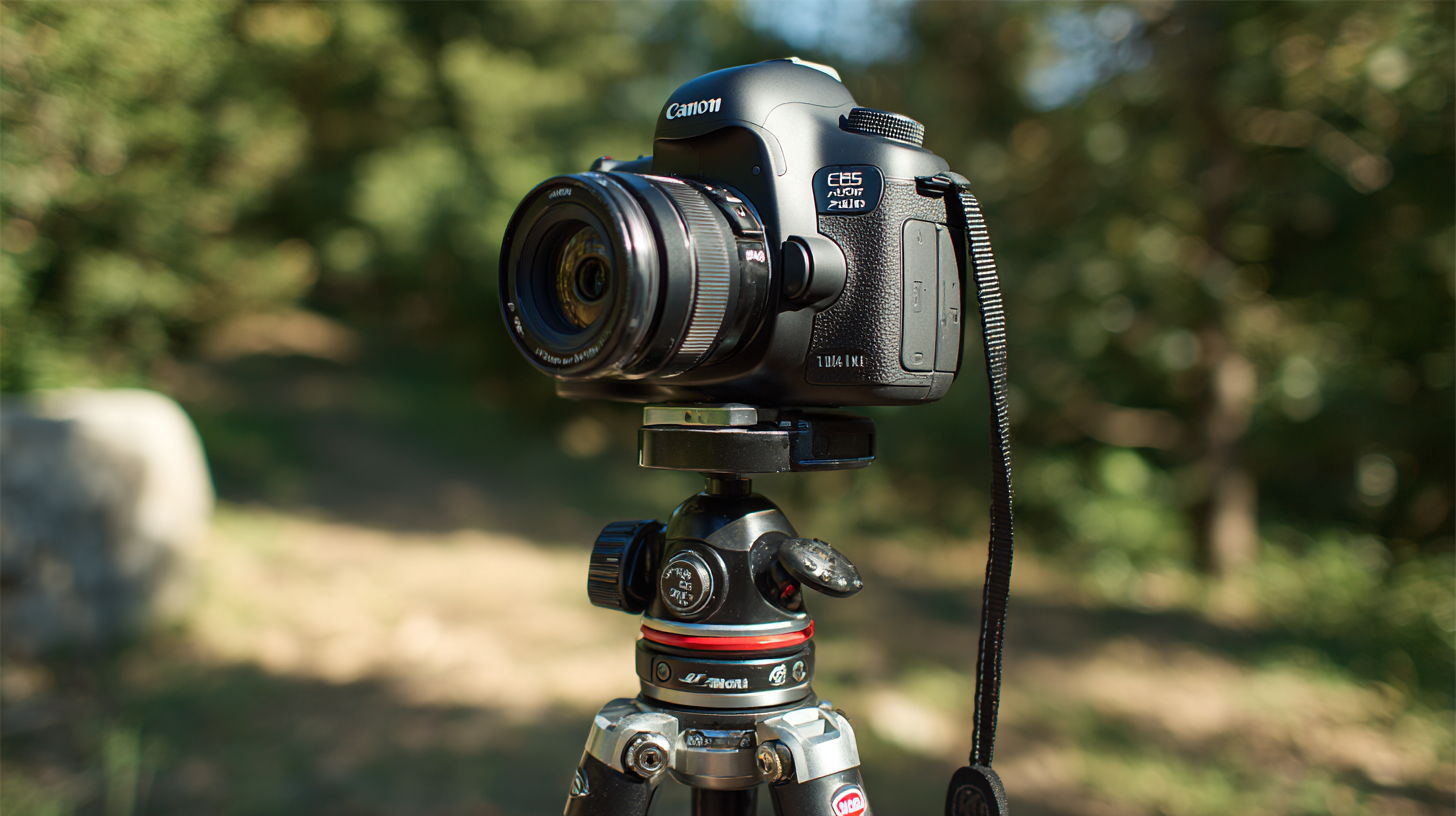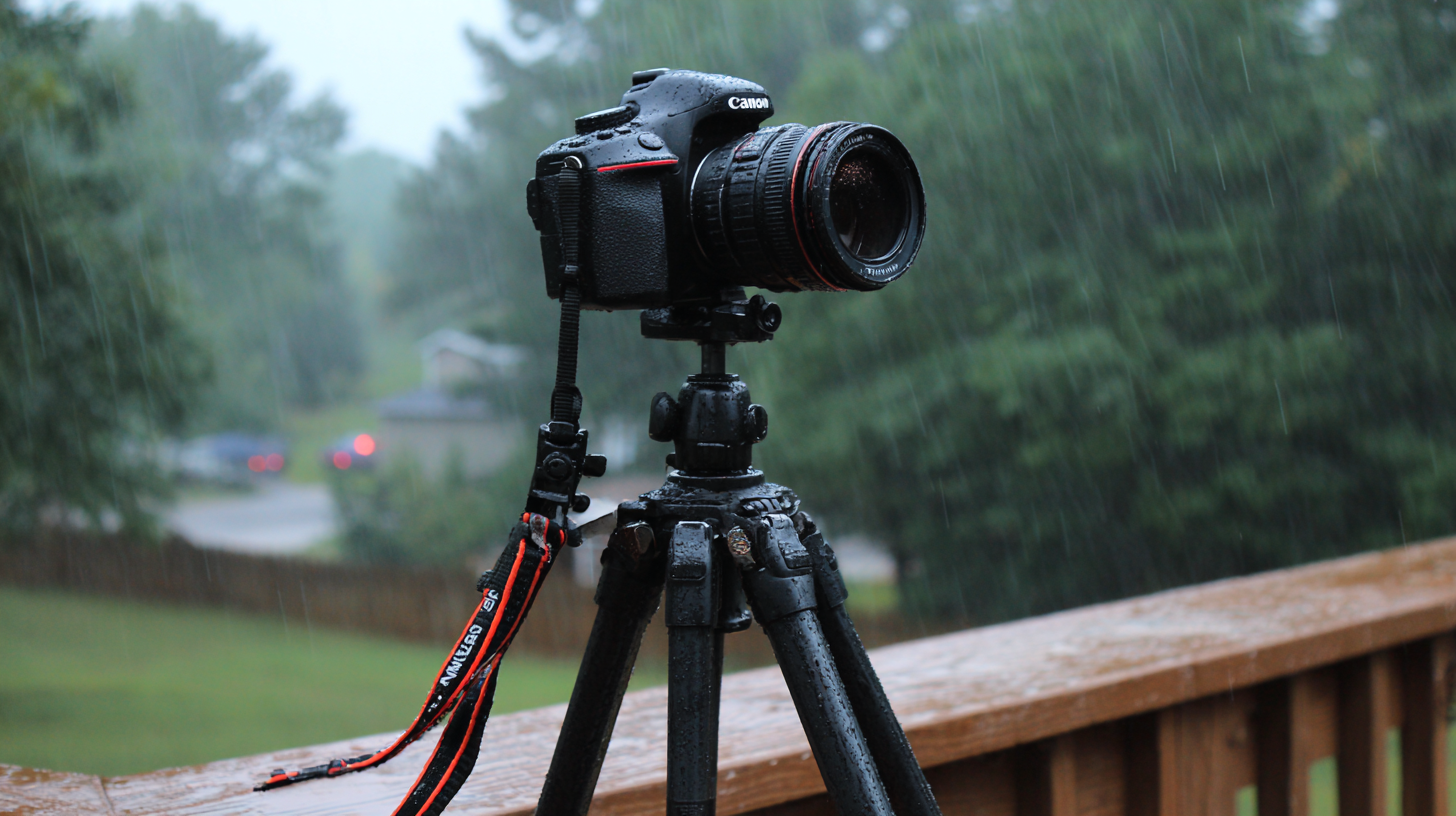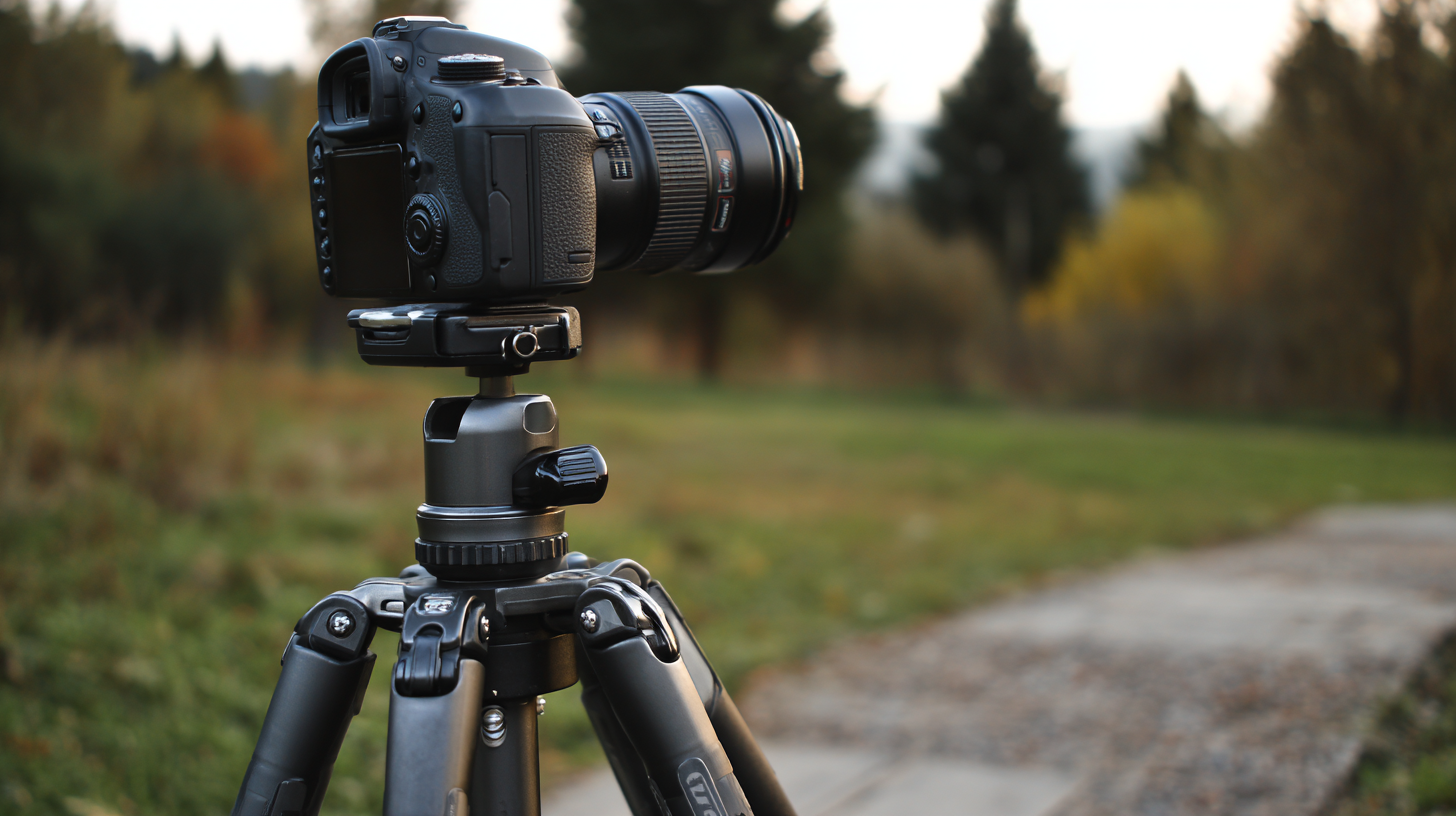Choosing the best camera tripod for your photographic needs can profoundly influence the quality of your images, offering stability and support essential for capturing the perfect shot. As we dive into the 2025 industry trends, advancements in tripod technology continue to redefine what photographers expect from their gear. The right camera tripod is not just about holding your camera steady; it's about enhancing your creative versatility across various shooting conditions. From lightweight options ideal for travel to robust models designed for professional use, the market is abundant with choices tailored to different styles and preferences. This guide will explore essential factors to consider, such as material, weight capacity, height adjustments, and specialized features, ensuring that you select the ideal camera tripod to meet your unique requirements and elevate your photography game.

When it comes to photography, selecting the right tripod is crucial for achieving stability and creativity in your shots. There are various types of tripods designed for different photographic needs, each with unique features that cater to specific situations. For example, a lightweight travel tripod is perfect for photographers who are often on the move, while a heavy-duty tripod is essential for studio work or landscape photography, where stability is paramount.

Tips: When choosing a tripod, consider the maximum height and weight-bearing capacity to ensure it meets your shooting requirements. Look for features like adjustable leg locks and a quick-release plate for added convenience during your shoots. Additionally, carbon fiber tripods, though pricier, offer a great balance of strength and lightweight portability, making them ideal for photographers who travel frequently.
Another essential type is the tripod with a ball head, which allows for quick adjustments and fluid movements, perfect for capturing dynamic scenes. Alternatively, a pan-and-tilt tripod head is beneficial for those working with video, providing smoother panning capabilities. Tips: Always test your chosen tripod with your camera and lens to confirm its stability and ease of use, and don't forget to check for any additional accessories that might enhance functionality, such as remote triggers and bubble levels for precise alignment.
When selecting a camera tripod, several essential features should guide your decision-making process to ensure it meets your photographic needs. Firstly, consider the tripod's height and stability. A good tripod should be versatile enough to accommodate various shooting angles, which often means it should extend to a comfortable height for your use. Additionally, look for a model with a sturdy build, as stability is crucial for capturing sharp images, especially in windy conditions or when using heavier equipment.
Another important factor is the tripod's weight and portability. If you're planning to travel or hike with your camera gear, a lightweight and compact design will make transportation easier. However, balance the desire for a lightweight model with the need for sturdiness; flimsy tripods may not withstand the rigors of outdoor photography. Lastly, think about the type of head that suits your shooting style—whether a ball head for quick adjustments or a pan-tilt head for precise movements—ensures you have the right control for your shots. By carefully considering these features, you can choose the best tripod to enhance your photography experience.
When selecting a camera tripod, understanding how material quality impacts performance and stability is crucial. Generally, tripods are made from materials such as aluminum, carbon fiber, and plastic. Aluminum tripods often offer a good balance between cost and sturdiness, making them a popular choice for beginners. However, they can be heavier and may not provide the same level of dampening against vibrations as carbon fiber.
Carbon fiber tripods, on the other hand, are lighter and more resilient, providing increased stability and reduced vibrations, which is essential for long exposure photography. While they tend to be more expensive, the investment can be worthwhile for serious photographers who frequently travel or shoot in dynamic conditions. When assessing material quality, look for tripods with solid construction and minimal flex to ensure they can withstand different environments and weight loads.
**Tip:** Always check the weight capacity of the tripod to ensure it can handle your camera and any additional gear. **Tip:** Consider a tripod with rubber feet for better grip on various surfaces, especially if you're shooting outdoors. **Tip:** If you plan to shoot in windy conditions, a heavier tripod might be a better option to prevent it from tipping over.
| Material | Weight (lbs) | Load Capacity (lbs) | Max Height (in) | Min Height (in) | Stability Rating (1-5) |
|---|---|---|---|---|---|
| Aluminum | 3.5 | 15 | 65 | 20 | 4 |
| Carbon Fiber | 2.8 | 25 | 70 | 14 | 5 |
| Plastic Composite | 3.0 | 12 | 60 | 18 | 3 |
| Steel | 5.0 | 30 | 75 | 25 | 4 |
When it comes to choosing the best camera tripod, the growing influence of Chinese manufacturing cannot be overlooked. In recent years, brands from China have made significant strides in tripod technology, combining affordability with performance. According to data from a prominent industry report, the market for camera tripods is projected to grow by 5.2% annually, largely fueled by innovations from manufacturers that focus on materials such as carbon fiber and lightweight alloys. This rapid expansion places emphasis on finding a tripod that meets specific needs—whether for hunting, photography, or other applications.
One notable contender in the market is the travel tripod segment, which caters to photographers seeking portability without sacrificing stability. The introduction of models like the compact carbon fiber tripods has been a game changer, offering a fine balance between weight and sturdiness. Reports indicate that consumers increasingly favor tripods that are easy to carry yet robust enough to handle various shooting conditions. In this competitive landscape, brands are now focusing on advanced engineering techniques to create tripods that enhance maneuverability and durability, making them essential tools for outdoor enthusiasts and professionals alike.
To ensure your camera tripod lasts and performs well over time, regular maintenance is essential. Start with a simple cleaning routine; after each shoot, wipe down the legs and head of the tripod with a soft, damp cloth to remove dirt and debris. Pay special attention to the locking mechanisms, as dust can accumulate and impede their functionality. Occasionally, use a blower or a small brush to dislodge dirt from hard-to-reach areas.
Lubrication is another vital aspect of tripod upkeep. Periodically check the joints and moving parts for signs of wear or stiffness. Apply a small amount of silicone-based lubricant to keep these parts functioning smoothly. Additionally, inspect rubber feet for wear and replace them if necessary to ensure stability on various surfaces. By following these tips, you can maintain your tripod's performance and longevity, ensuring it remains a reliable partner in your photographic endeavors.

